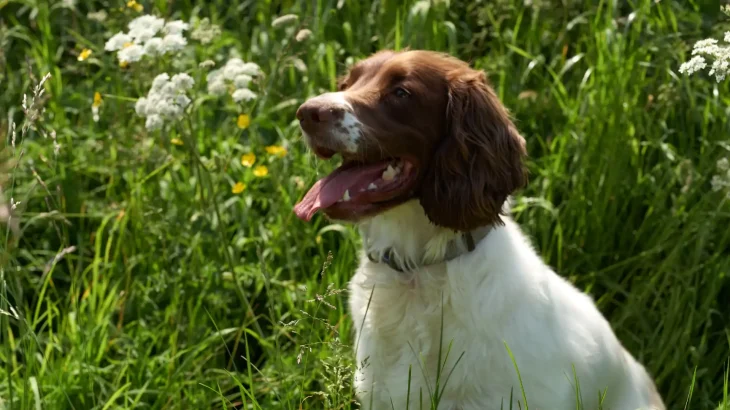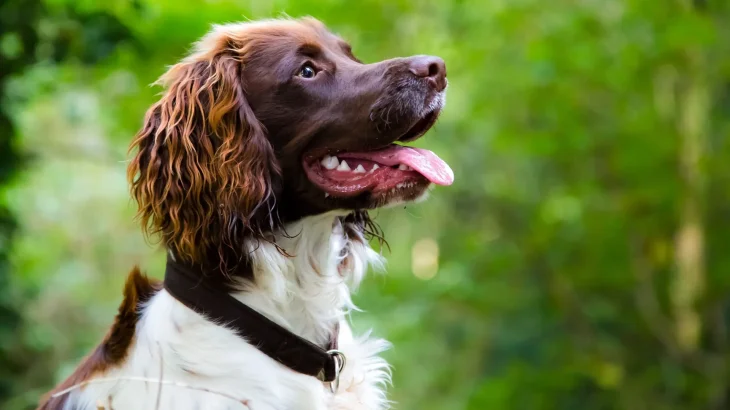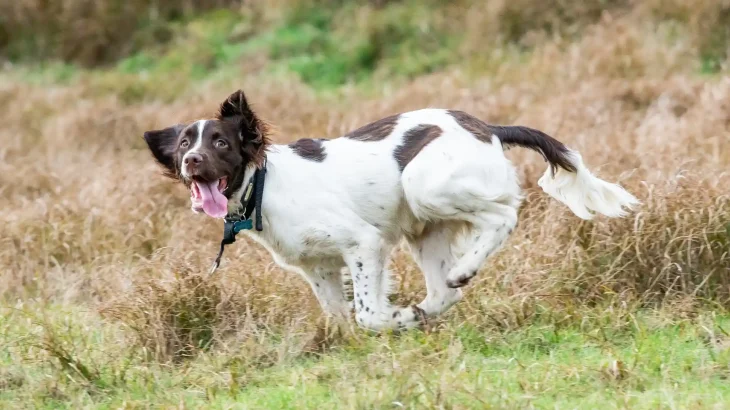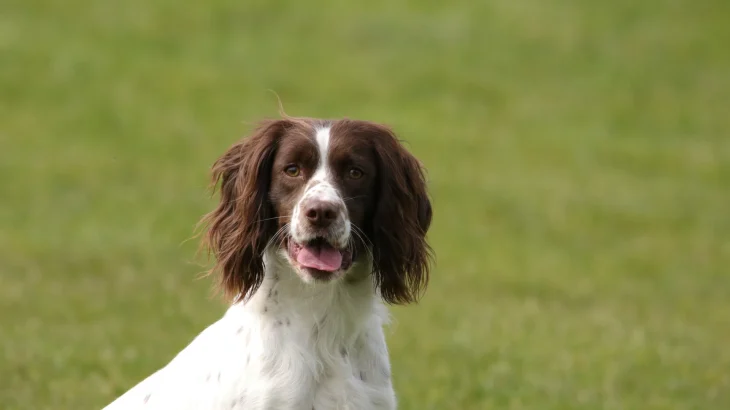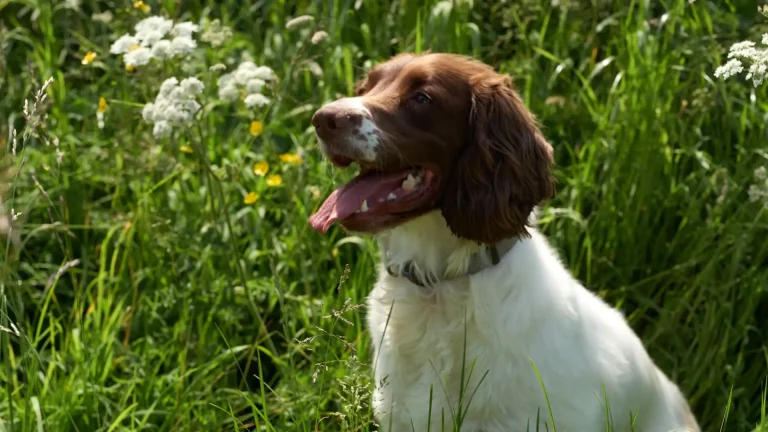When deciding to bring an English Springer Spaniel puppy into your home, you can choose between adopting from a shelter or buying from a breeder. Adoption often costs less and gives a home to dogs in need, while buying from a reputable breeder offers detailed health and pedigree info specific to the breed. Each option has its own benefits based on what matters most to you.
| Criteria | Buying from Breeder | Adopting from Shelter/Rescue |
|---|---|---|
| Cost | Higher initial cost than adoption fees. | Lower adoption fees, often including vaccinations and spay/neuter. |
| Health History | Detailed health records and genetic screenings relevant to the breed. | Health history may be unknown; shelters usually do basic health checks. |
| Age Availability | Mostly puppies, good for early socialization and training. | Various ages, including adults, with sometimes unknown backgrounds. |
| Temperament Insight | Breeders offer insights on lineage traits. | Shelter staff can share behavior observations; full history often uncertain. |
| Supporting Practices | Supports ethical breeding programs following standards. | Supports animal welfare by rehoming dogs in need. |
| Breed Purity & Pedigree | Clear pedigree, important for breeding goals. | Breed purity may be unknown or mixed. |

